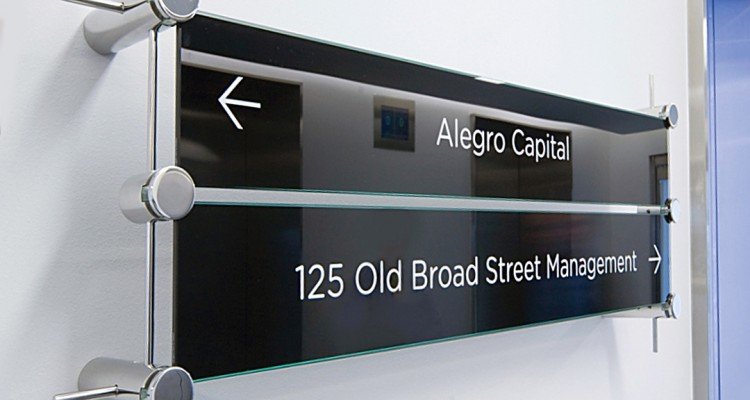The Definitive Manual on Wayfinding and Directional Signage
Wayfinding Signage
Wayfinding and directional signs are often taken for granted or not given much thought, yet they play a crucial role in our daily lives. These signs help us navigate buildings, built-up areas, events, and outdoor spaces, making it much easier to find our way around. Have you ever walked into a new building, office complex, or shopping center and somehow ended up where you needed to be without consciously thinking about it? Chances are, effective wayfinding signage supported you in that process.
While it's easy to overlook wayfinding as merely a component of "environmental design," where companies use signage and imagery to guide customers in physical spaces, it encompasses much more than that.
The most successful wayfinding signage goes beyond functionality and becomes a direct representation of your brand's personality. It can showcase your organization's unique and fun nature through innovative designs or demonstrate your expertise with cutting-edge solutions. Wayfinding signage has a direct impact on how people perceive and feel about your organization.
So, what exactly is wayfinding signage?
It serves as a tool for people to navigate and orient themselves in physical environments. It provides answers to common questions such as "Where am I?" "Am I close to my destination?" "How did I get here?" and "How do I reach my desired location?" At its core, wayfinding signage is about facilitating navigation, but it can also incorporate a brand's distinct tone of voice, contribute to storytelling, and evoke emotions in visitors. By incorporating wayfinding signage into a comprehensive strategy, organizations can enhance user experiences and promote ease of use, which are highly valued in today's world.

